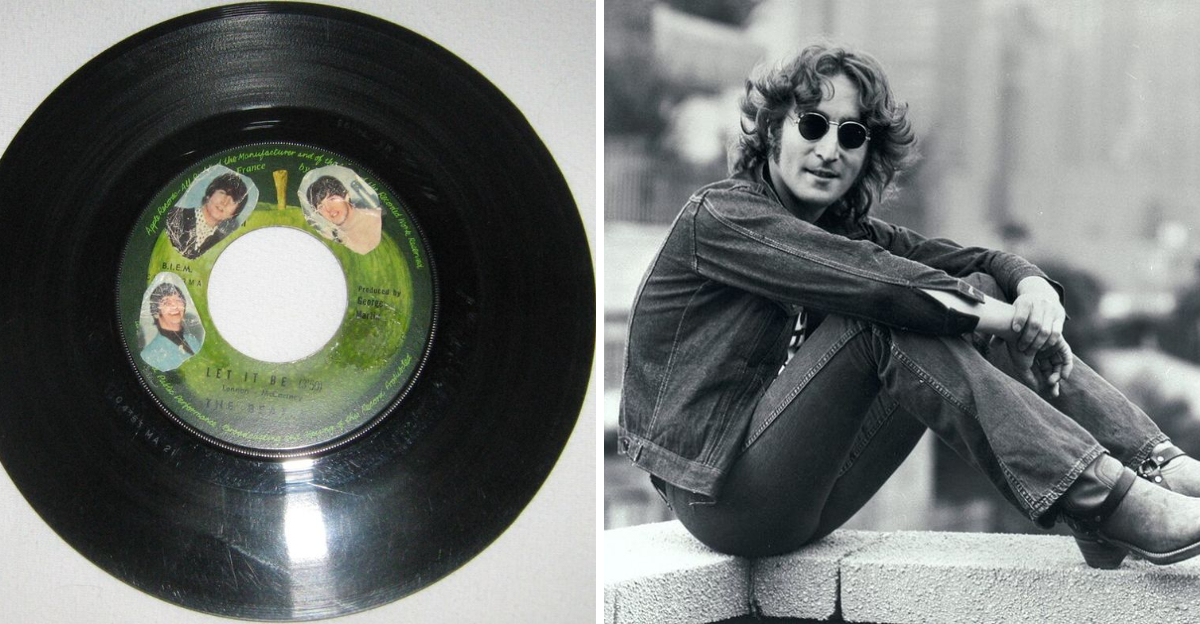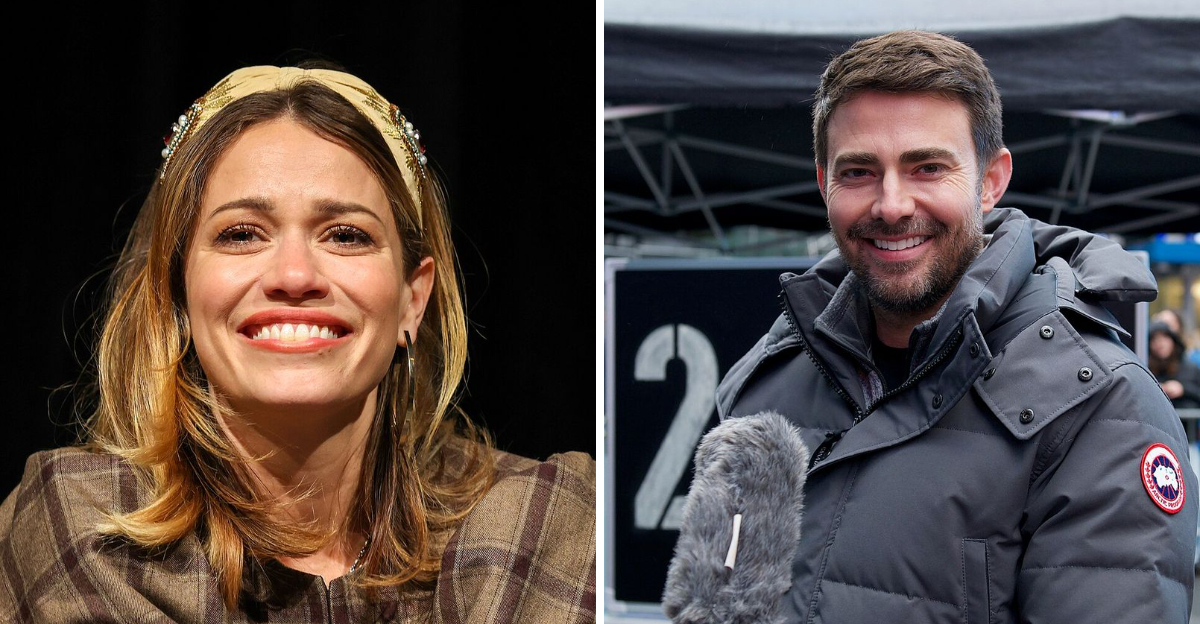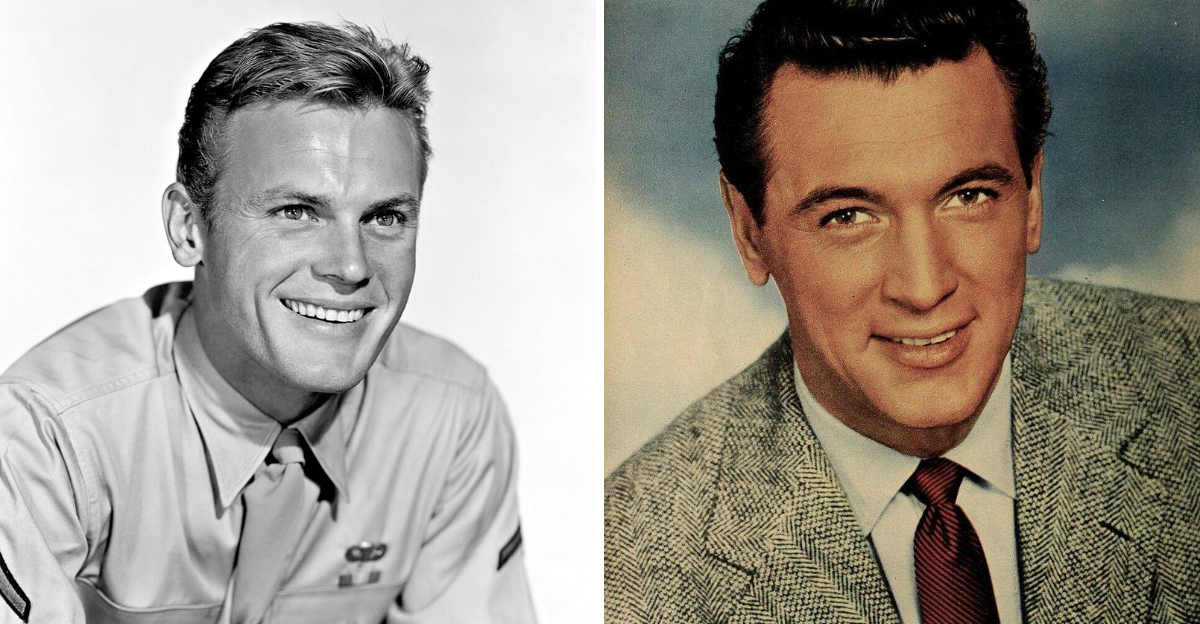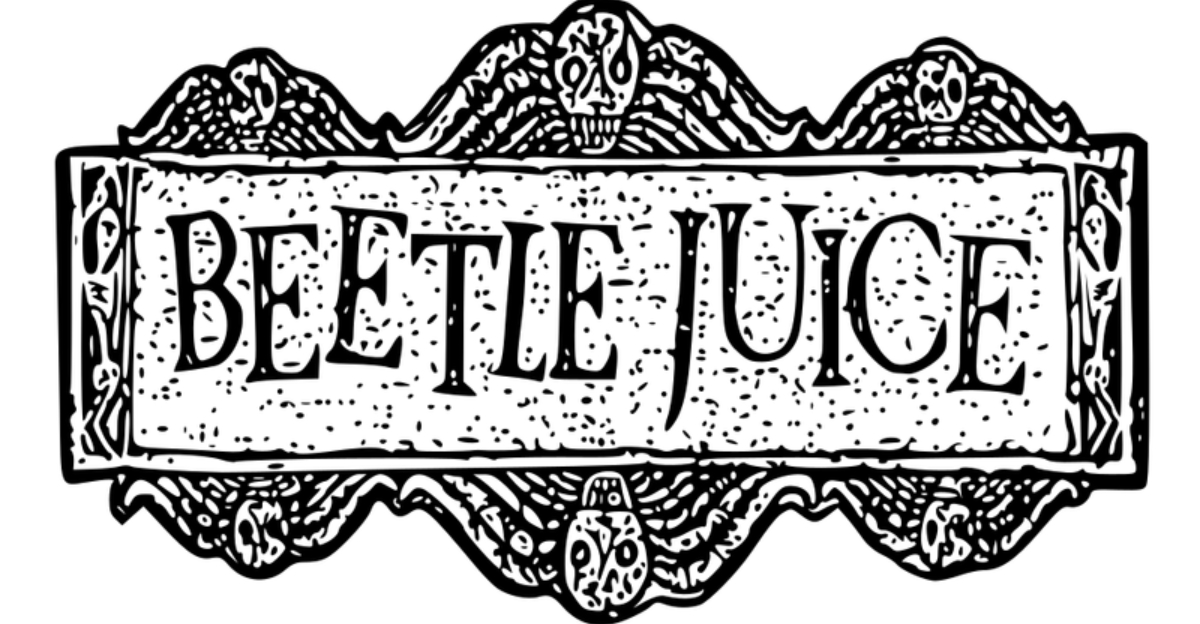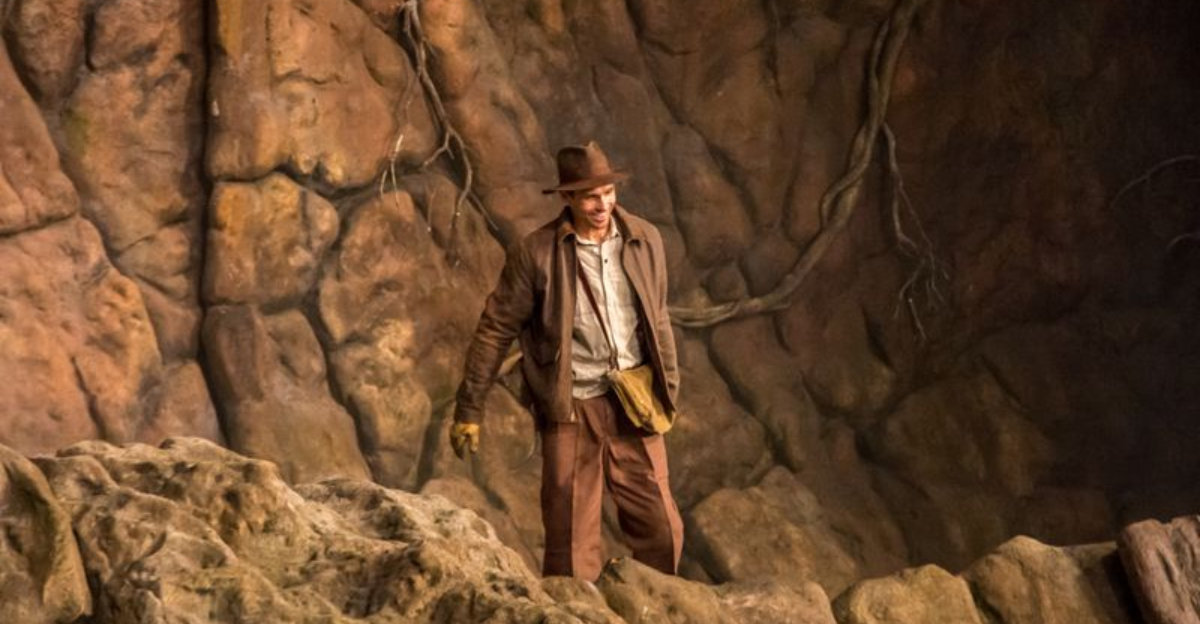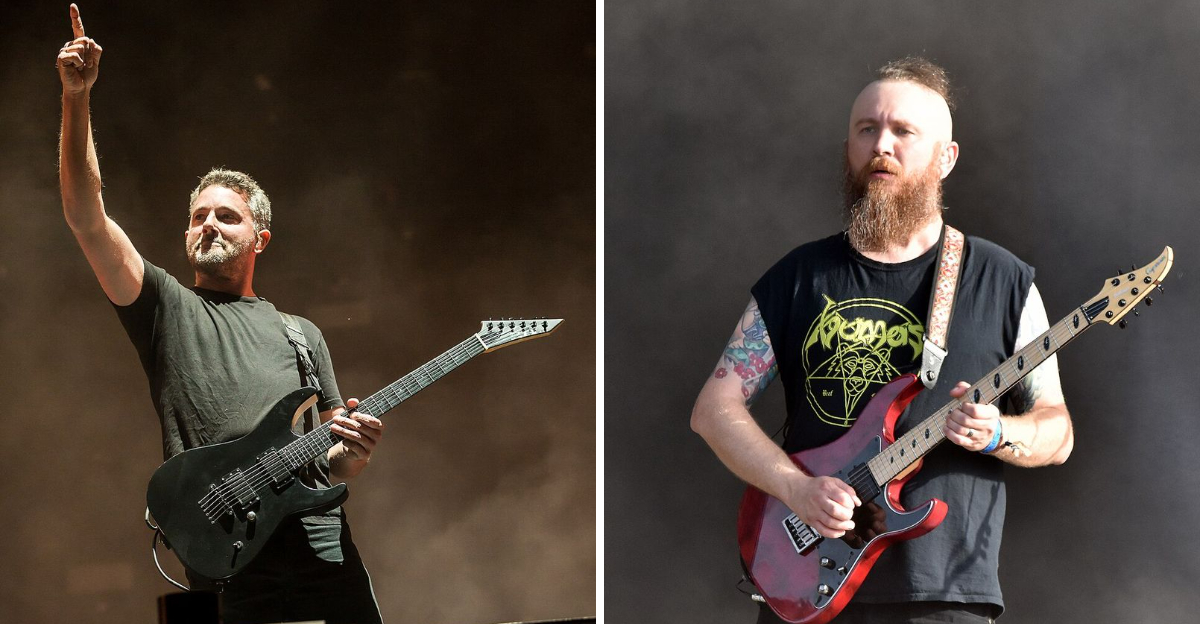14 Horror Movies Known For Their Distinct Visual Style
Horror movies can scare you in many ways, but some films stick with you because of how they look.
From twisted shadows to eerie lighting, these classics created unforgettable images that still haunt audiences today. Each one invented its own visual language, turning fear into art that changed cinema forever.
1. Nosferatu (1922)
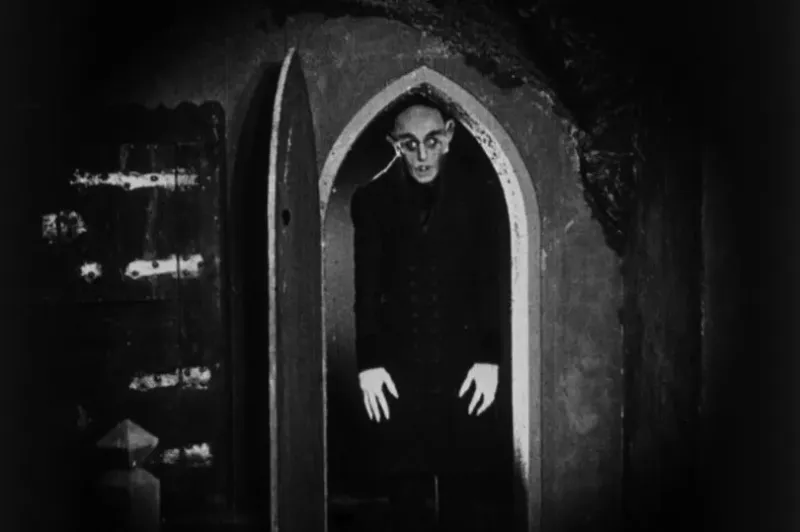
F. W. Murnau’s silent vampire tale practically invented nightmare fuel with its jagged shadows and angular silhouettes. Count Orlok’s creepy, stretched-out figure haunts every frame like a living skeleton.
German Expressionism gave this film its signature look – sharp angles, dramatic lighting, and sets that felt like they belonged in a fever dream. Even a century later, those images crawl under your skin.
2. The Cabinet Of Dr. Caligari (1920)
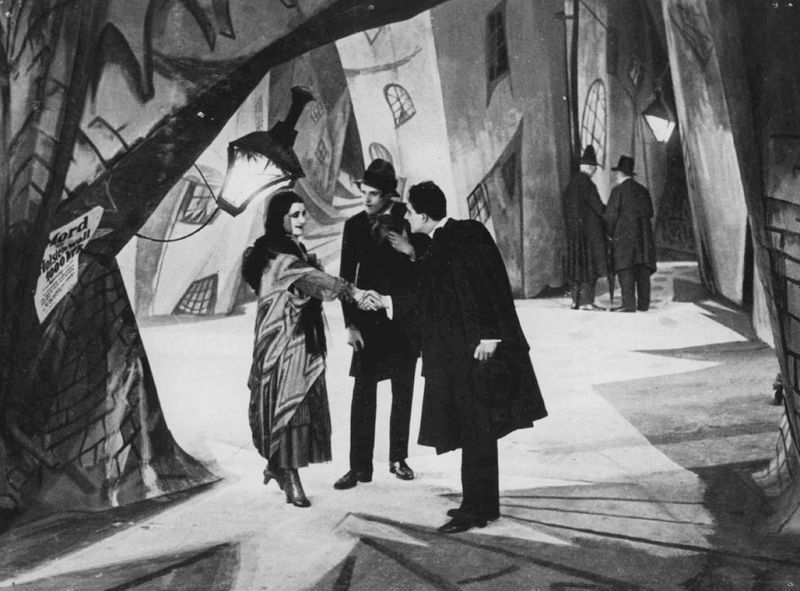
Robert Wiene painted madness directly onto the screen with sets that twist and bend like a funhouse mirror. Nothing sits straight, walls lean, streets curve, and reality itself feels off-balance.
This movie basically invented the horror aesthetic we know today. Sharp-angled light slices through every scene, making viewers question what’s real and what’s in someone’s twisted imagination.
3. Häxan (1922)
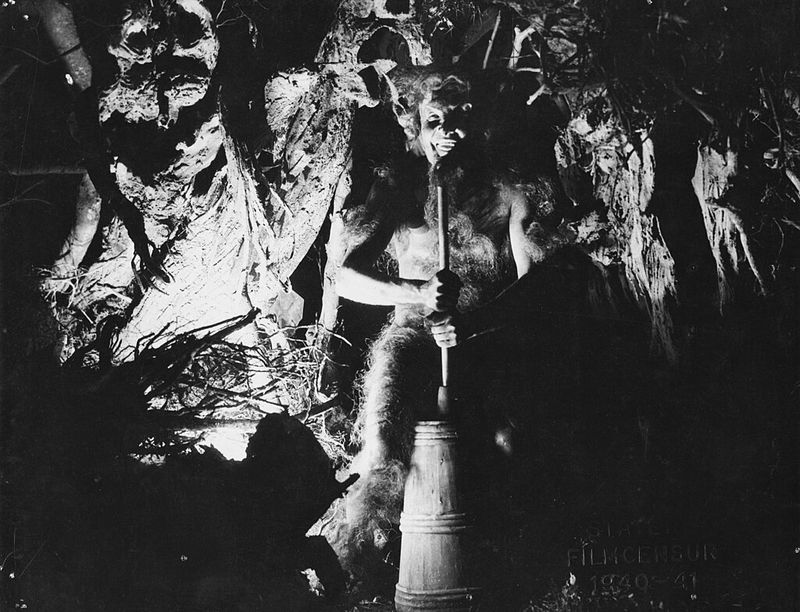
Benjamin Christensen mixed documentary footage with wild fantasy sequences to explore witchcraft through the ages. Medieval pageants and occult tableaux create something that feels half-history lesson, half-nightmare.
The director himself played Satan, complete with horns and a creepy grin! Each frame looks like a dark painting come to life, blending education with pure visual terror.
4. Faust (1926)
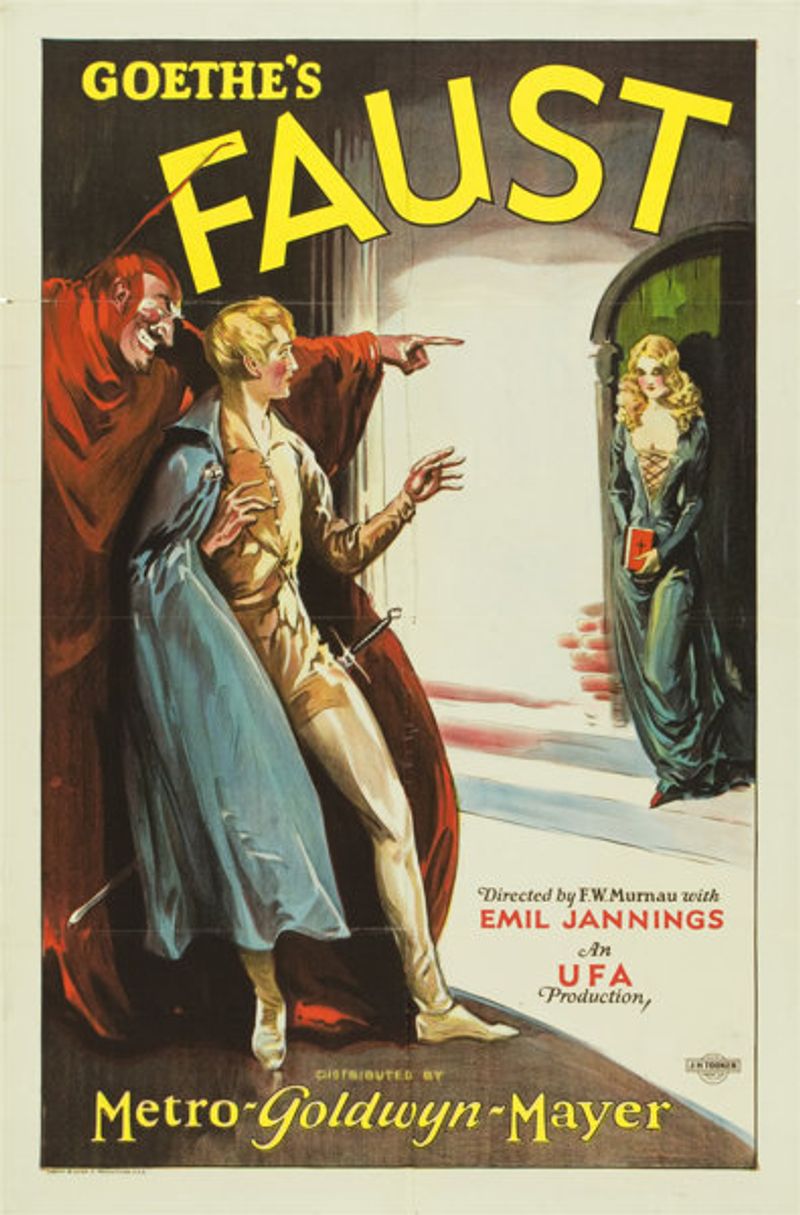
Murnau returned with this epic tale of deals with the devil, using camera tricks that seemed like magic back then. Superimposed images tower over landscapes, making demons look as tall as mountains.
Smoky skies and mythic lighting turn every scene into something legendary. The visual effects were groundbreaking, creating atmospheric shots that modern filmmakers still try to copy.
5. The Golem: How He Came Into The World (1920)
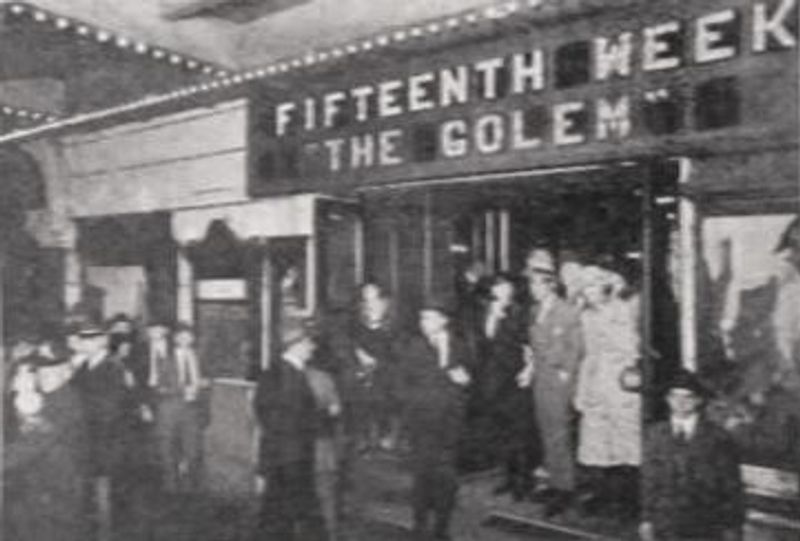
Paul Wegener brought Jewish folklore to life with sculptural sets that look like they were carved from stone. The Golem itself moves through ritualistic frames that feel ancient and mystical.
Every shot emphasizes weight and texture, the creature feels heavy, the buildings feel old, and the magic feels real. It’s like watching a medieval legend unfold in three dimensions.
6. The Phantom Of The Opera (1925)
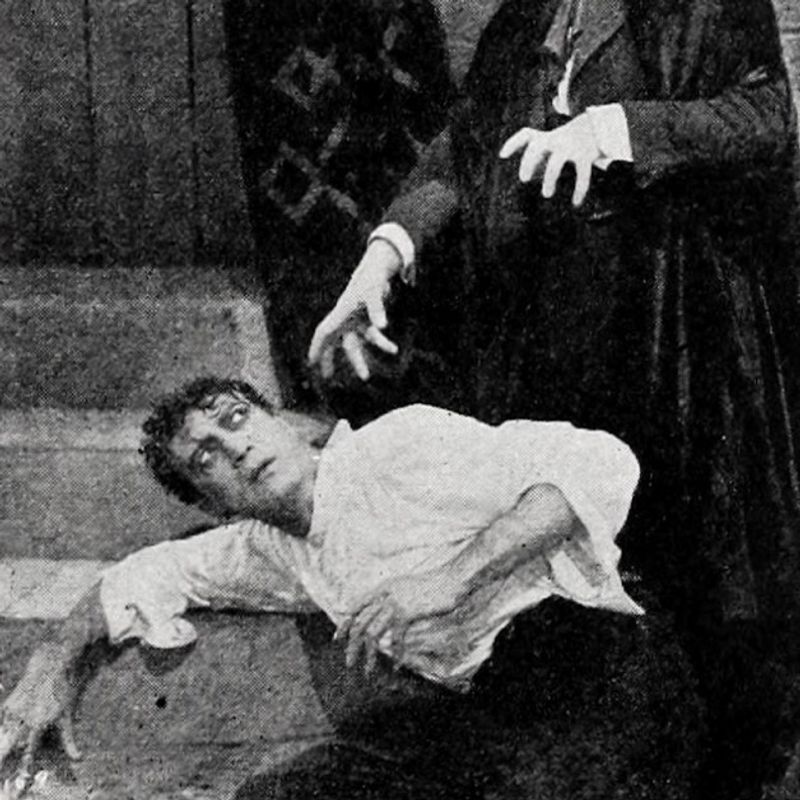
Rupert Julian’s silent masterpiece features one of cinema’s most famous moments: the Phantom’s mask coming off to reveal Lon Chaney’s skull-like makeup. Tinted sequences added splashes of color to black-and-white horror.
Ornate Gothic sets transform the Paris Opera House into a labyrinth of shadows and secrets. The grand scale and detailed production design set standards that horror films still chase.
7. Freaks (1932)
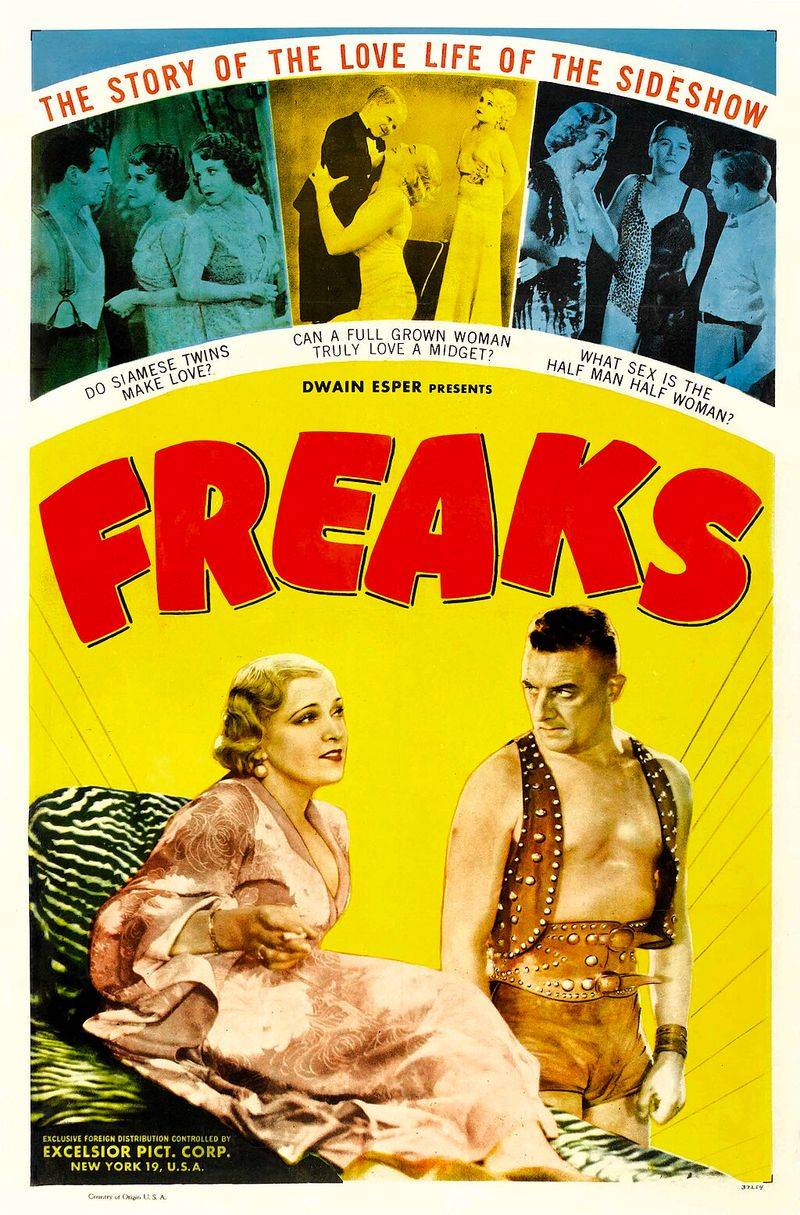
Tod Browning’s controversial carnival tale uses stark chiaroscuro lighting to create uncomfortable intimacy. Close-ups force viewers to confront prejudices about difference and normalcy.
Though banned for decades, the film’s visual honesty shocked audiences who expected monsters, not humanity. Shadows and light reveal character in ways that feel both documentary-real and nightmarishly staged.
8. White Zombie (1932)
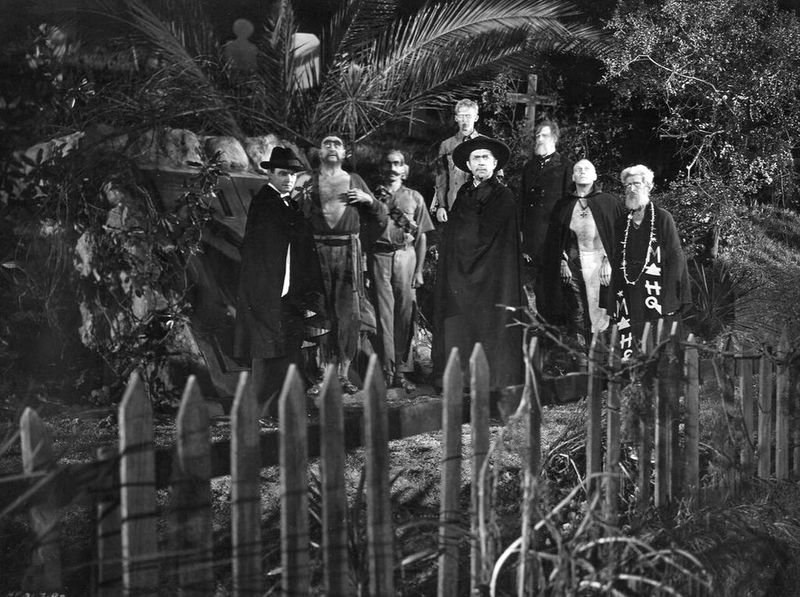
Victor Halperin wrapped Bela Lugosi in misty plantation horror, with deep shadows pooling around those hypnotic eyes. Fog rolls through every scene like a living thing, hiding threats in plain sight.
Haiti’s voodoo legends get the atmospheric treatment here, turning sugar mills into temples of dread. Lugosi’s presence dominates through lighting alone – his face emerges from darkness like a pale moon.
9. House On Haunted Hill (1959)
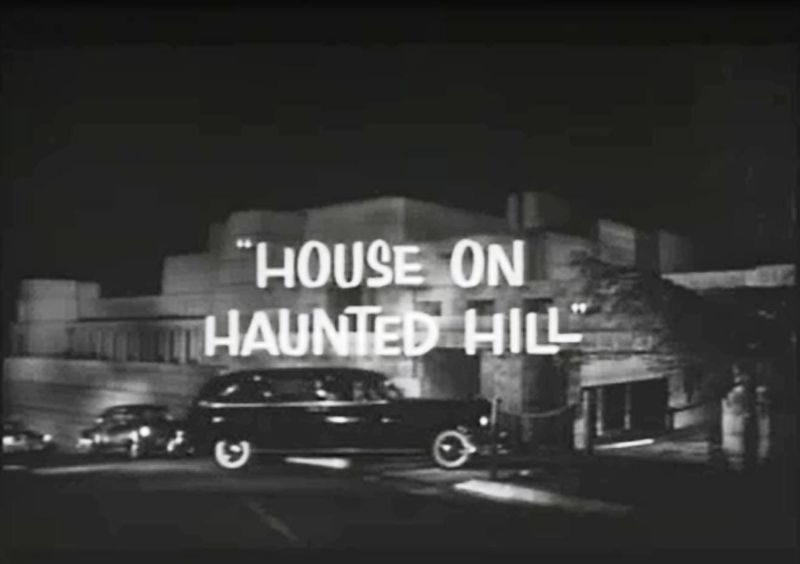
William Castle loved gimmicks, but his high-contrast black-and-white photography turned playful scares into graphic nightmares. Shadows slice across Vincent Price’s face like knives, making every smirk sinister.
The mansion itself becomes a character through clever lighting and camera angles. Castle proved you didn’t need color to paint fear – just smart use of light and dark.
10. Plan 9 From Outer Space (1959)
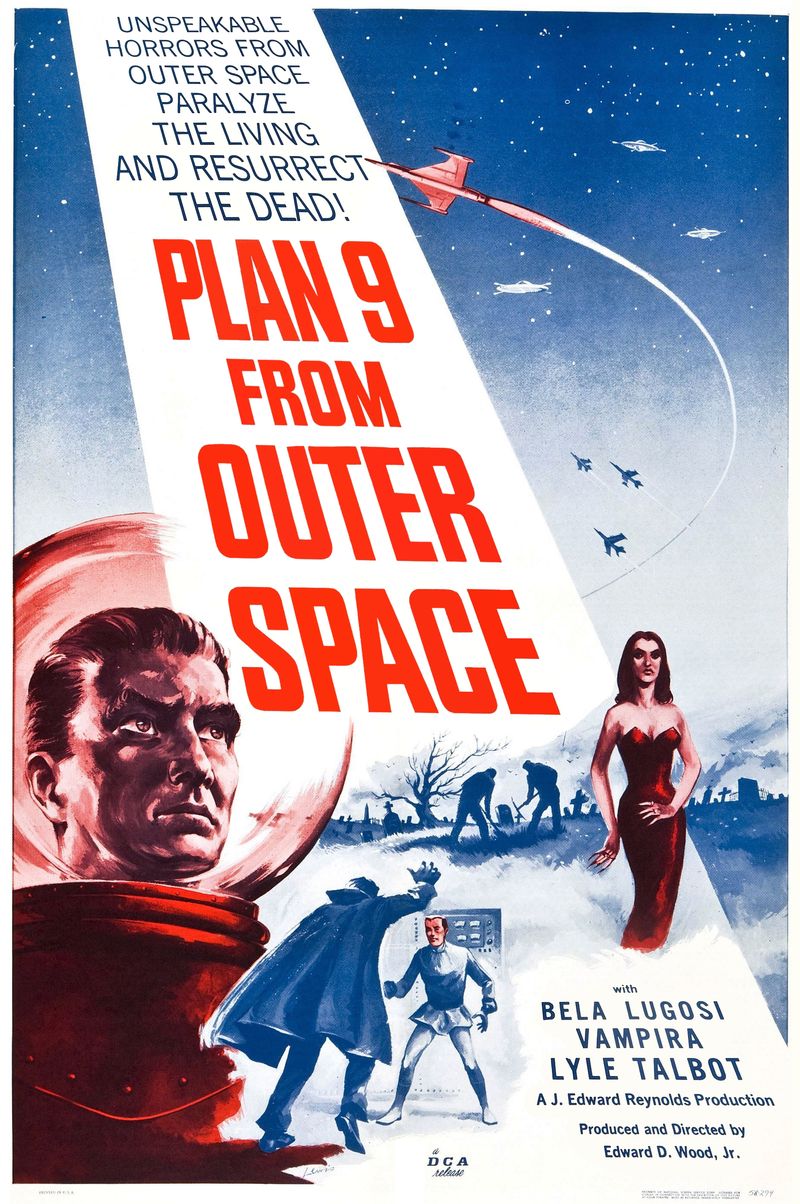
Ed Wood’s infamous sci-fi horror mashup has cardboard sets and visible strings, but its graveyard scenes possess weird outsider charm. Low-budget surrealism creates accidental poetry through sheer earnestness.
Critics call it the worst movie ever, yet its visual naivety feels oddly pure. Flying saucers wobble above tombstones in shots that are somehow both ridiculous and memorable.
11. The Brain That Wouldn’t Die (1962)
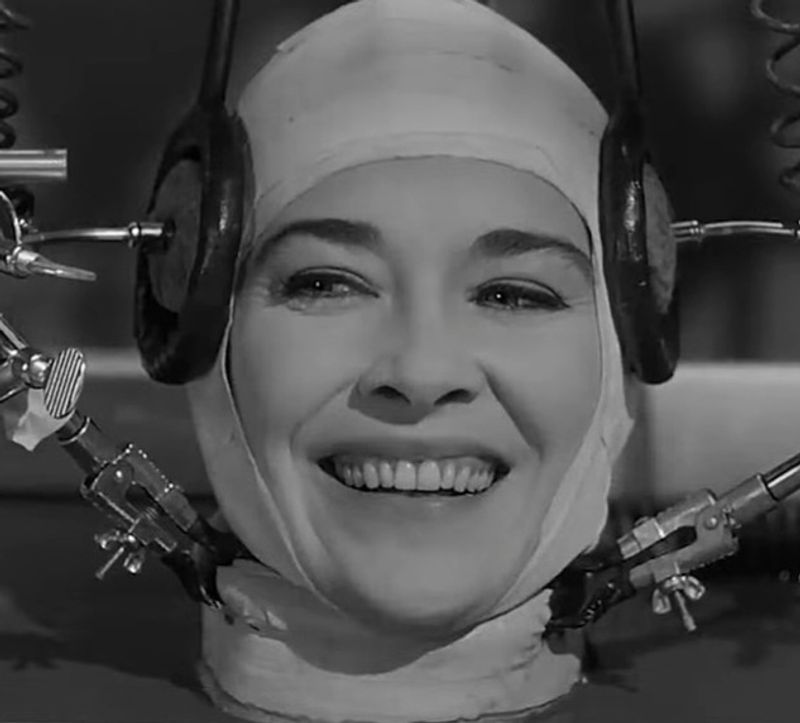
Joseph Green’s grindhouse classic features lab lighting that turns medical horror into camp spectacle. A severed head in a pan sounds ridiculous, but the stark lighting makes it genuinely unsettling.
Exploitation cinema rarely looked this committed to its bizarre premise. Every frame embraces the absurdity while maintaining visual seriousness, creating a tone that’s uniquely uncomfortable and fascinating.
12. The Bat (1959)
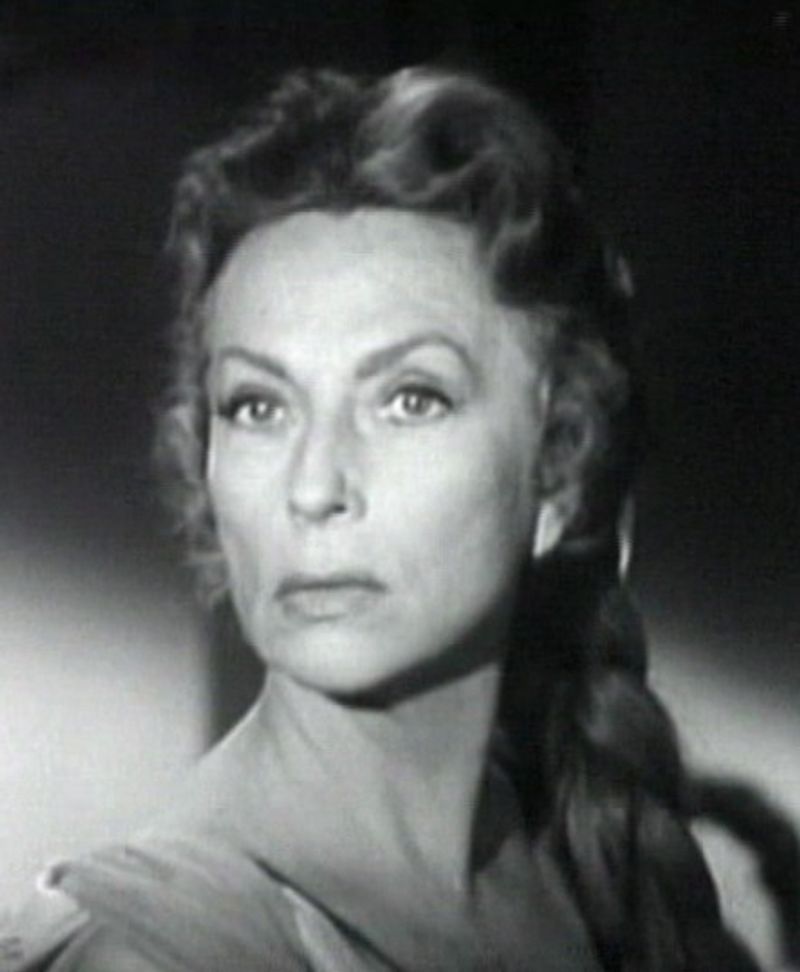
Crane Wilbur’s mystery-thriller wraps Vincent Price in crisp mansion shadows that feel almost elegant. Wide shots emphasize the isolation of old houses where danger lurks in every corner.
Price’s menacing presence fills the frame even when he’s standing still. The cinematography treats architecture as threat, making hallways and staircases into visual traps that characters can’t escape.
13. The Little Shop Of Horrors (1960)
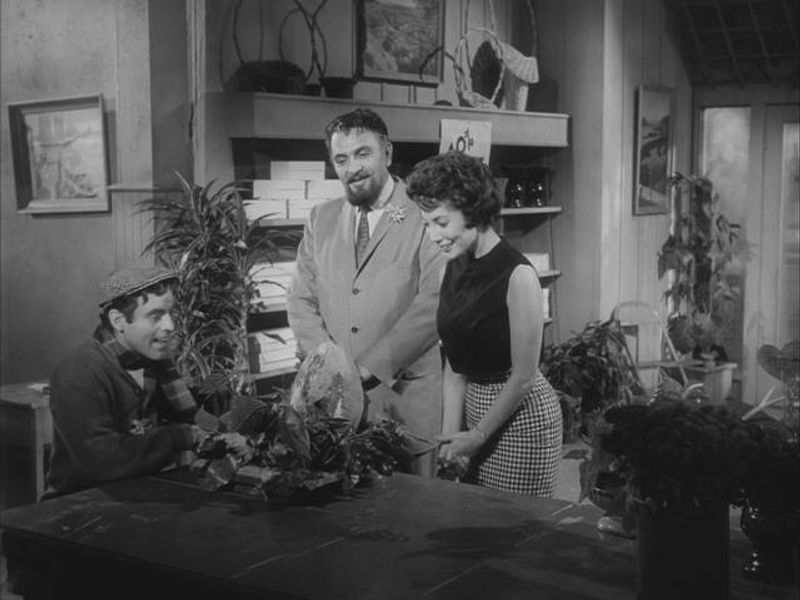
Roger Corman reportedly shot in just a couple of days, and the jittery energy shows in every frame. Grimy flower shop interiors create a claustrophobic world where a man-eating plant somehow makes perfect sense.
The rushed production accidentally created a visual style, quick cuts, odd angles, and rough lighting that feels authentically chaotic. It’s low-budget filmmaking turned into scrappy art.
14. Carnival Of Souls (1962)
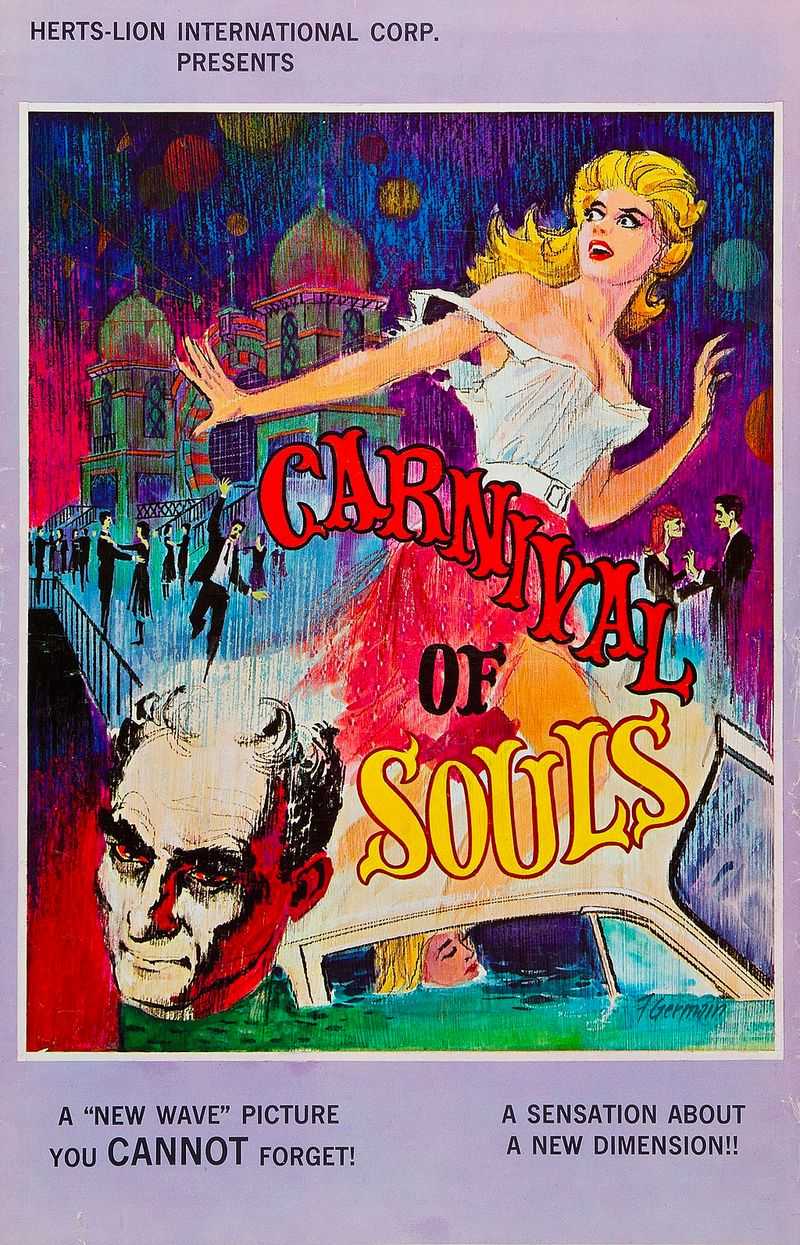
Herk Harvey’s indie masterpiece captures ghostly midwestern liminality like no other film. An abandoned pavilion becomes the center of existential dread, with organ music echoing through empty spaces.
Shot on location in Kansas and Utah, the film turns everyday places into haunted landscapes. Its dreamlike atmosphere influenced decades of horror, proving that atmosphere beats jump scares every time.

